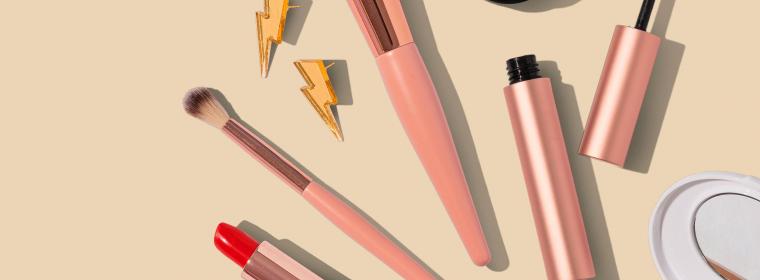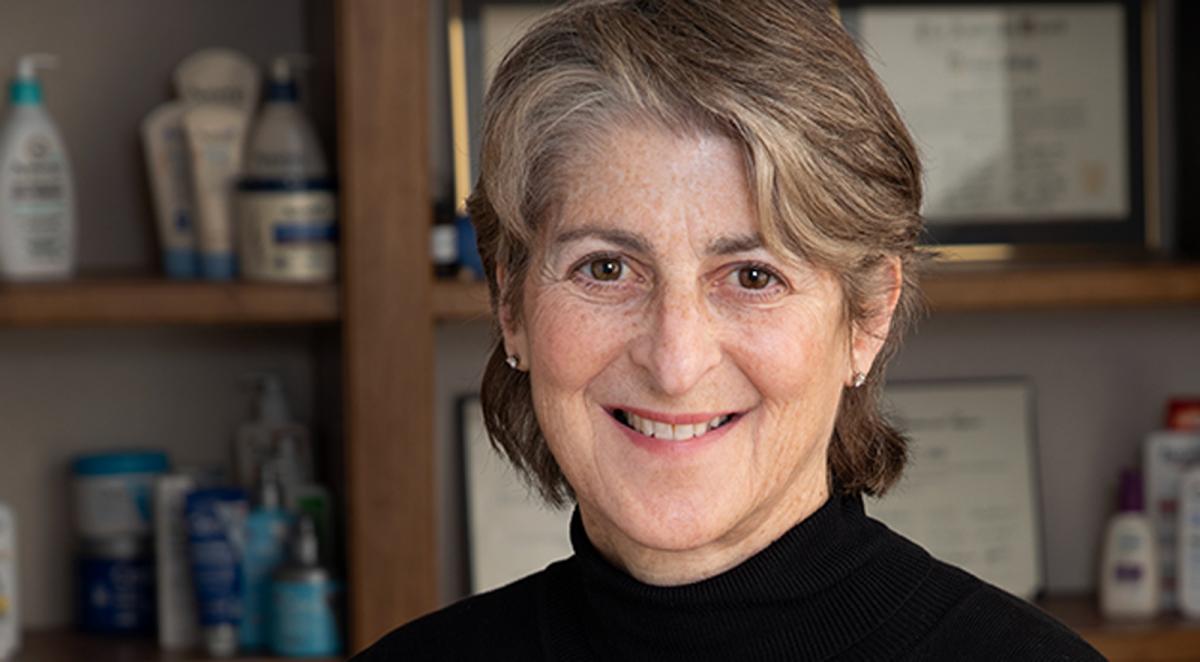
Under current United States law, there are no regulations or requirements that mandate cosmetic manufacturers to print expiration dates on the labels of cosmetic products. It is the manufacturer's responsibility to determine shelf life for products as part of their responsibility to substantiate product safety.
The Expiration Date is the date after which the cosmetic product will be expired and should not be used anymore. To clarify how long you can use a product once it is opened, the Period After Opening (PAO) sign is more frequently being utilized by American cosmetic companies. An open jar sign is followed by a number and the letter M, where the number indicates the number of months the product can be safely used after opening. For example, 12M would indicate that the product is safe for use for 12 months after opening. If a product does not show an expiration date or a PAO sign, the user may contact the customer care department of the company that produced the product and ask for it.
Shelf life guidelines developed by the cosmetic industry varies depending on the product and its intended use. The shelf life for eye-area cosmetics is usually more limited than for other products. Due to repeated microbial exposure during use by the consumer and the possible risk of eye infections, manufacturers usually recommend discarding mascara three to four months after purchase. When mascara dries out, discard it. Do not add water or, even worse, saliva to moisten it, as that may introduce bacteria into the product.
Other cosmetics that may have unusually shorter shelf lives include "all natural" products that often contain plant-derived substances conducive to microbial growth. In addition, products that contain non-traditional preservatives or no preservatives at all may have an increased risk of contamination.
Expiration dates are simply "rules of thumb," and a product's safety may expire long before the expiration date. Cosmetics exposed to high temperatures or sunlight, or opened and examined by consumers prior to being purchased may deteriorate substantially before the expiration date.
Sharing makeup increases the risk of contamination. "Testers" commonly found at department store cosmetic counters are more likely to become contaminated than the same products purchased for individaul use. To test a cosmetic before purchasing it, apply it with a new, unused applicator, such as a fresh cotton swab.
Makeup Longevity Industry Recommendations (approximate)
- Lipstick: 2 years
- Foundation: 1 year
- Mascara: 3 - 4 months
- Powders and Eye Shadows: 1 year





